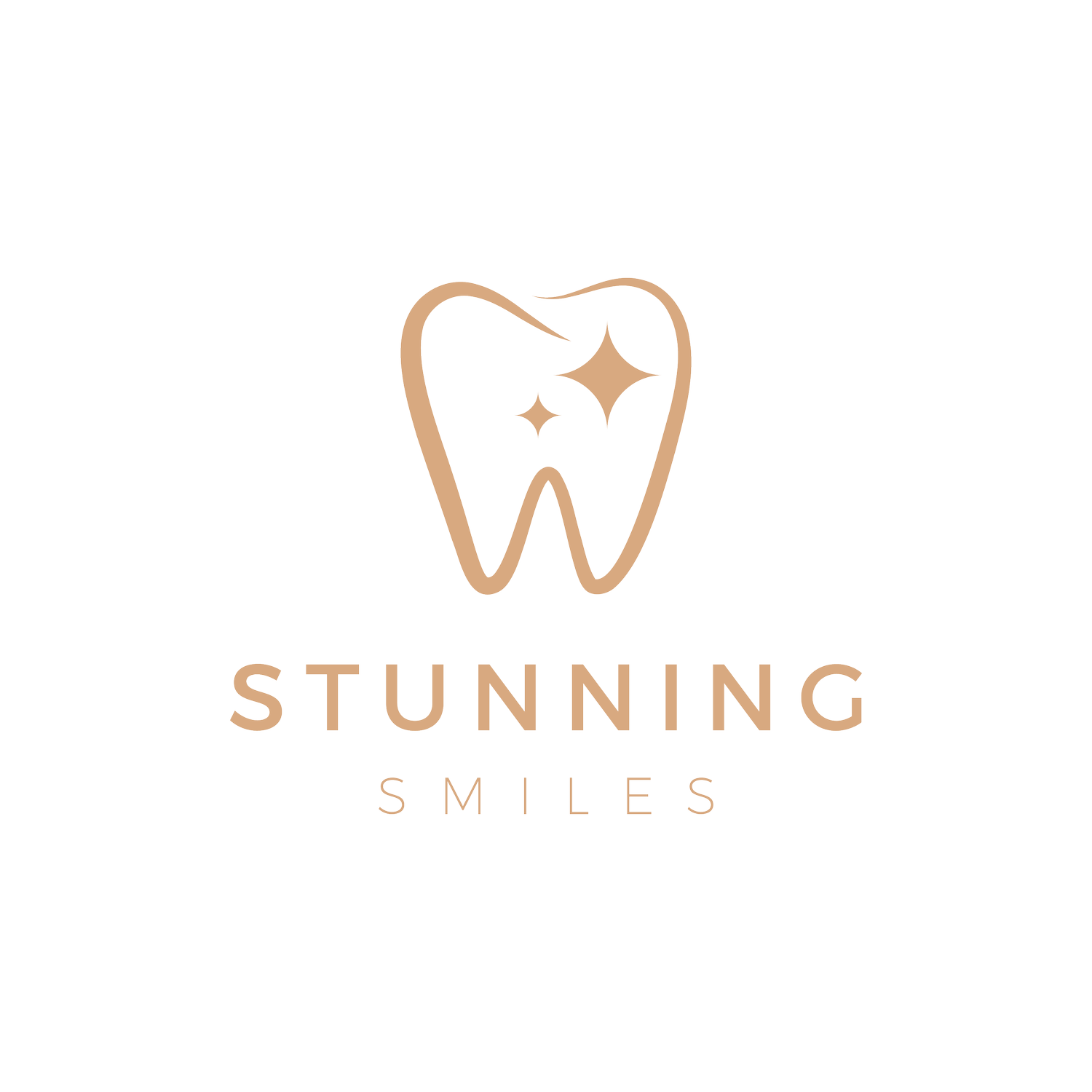Understanding Oral Lichen Planus: Early Detection and Management
Oral health is not just about having a bright smile; it encompasses the well-being of the entire mouth, including the soft tissues lining the oral cavity. While most people are familiar with common oral conditions like cavities and gum disease, there are lesser-known conditions that can also affect oral health. One such condition is oral lichen planus (OLP), a chronic inflammatory disorder that can cause discomfort and affect the quality of life if left untreated. In this article, we'll delve into what oral lichen planus is, its symptoms, and how to pick it up early for effective management.
What is Oral Lichen Planus?
Oral lichen planus is a chronic inflammatory condition that affects the mucous membranes inside the mouth. It is believed to be an autoimmune disorder, meaning that the body's immune system mistakenly attacks its own tissues. The exact cause of oral lichen planus is not fully understood, but it is thought to be triggered by factors such as stress, certain medications, or underlying health conditions.
Symptoms of Oral Lichen Planus
Oral lichen planus can present with a variety of symptoms, which may vary in severity from person to person. Some common symptoms include:
1. **White, lacy patches:** These may appear on the inside of the cheeks, tongue, gums, or other areas of the mouth.
2. **Redness and swelling:** The affected areas may appear red and swollen, and there may be discomfort or a burning sensation, especially when consuming spicy or acidic foods.
3. **Ulcerations:** In some cases, oral lichen planus can cause open sores or ulcers that may be painful and take longer to heal.
4. **Sensitivity to temperature:** Some individuals with oral lichen planus may experience increased sensitivity to hot or cold temperatures.
Early Detection of Oral Lichen Planus
Early detection of oral lichen planus is crucial for effective management and to prevent complications. Here are some ways to pick it up early:
1. **Regular dental check-ups:** Routine dental examinations are essential for detecting oral health issues, including oral lichen planus. Your dentist will inspect the inside of your mouth for any unusual changes or abnormalities.
2. **Self-examination:** Take the time to regularly examine your mouth for any signs of oral lichen planus, such as white patches, redness, or ulcers. Use a bright light and a mirror to get a clear view of all areas.
3. **Awareness of symptoms:** Familiarize yourself with the symptoms of oral lichen planus so that you can seek prompt medical attention if you notice any changes in your oral health.
4. **Medical evaluation:** If you experience any persistent oral symptoms or notice any changes in the appearance of your mouth, consult a dentist or healthcare professional for a thorough evaluation. They may recommend further tests or a biopsy to confirm the diagnosis.
Management of Oral Lichen Planus
While there is no cure for oral lichen planus, various treatment options can help alleviate symptoms and manage the condition effectively. Treatment may include:
1. **Topical medications:** Corticosteroid creams or ointments may be prescribed to reduce inflammation and alleviate discomfort.
2. **Oral medications:** In some cases, oral corticosteroids or other immunosuppressive drugs may be prescribed for more severe symptoms.
3. **Oral hygiene:** Maintaining good oral hygiene practices, such as regular brushing, flossing, and using a mild mouthwash, can help keep the mouth clean and reduce irritation.
4. **Avoiding triggers:** Identifying and avoiding potential triggers, such as certain foods or medications, can help prevent flare-ups of oral lichen planus.
In conclusion, oral lichen planus is a chronic inflammatory condition that can affect the mucous membranes inside the mouth. Early detection is key to effective management, so it's important to be aware of the symptoms and seek prompt medical attention if you notice any changes in your oral health. By staying proactive and working closely with your healthcare provider, you can effectively manage oral lichen planus and maintain optimal oral health.

